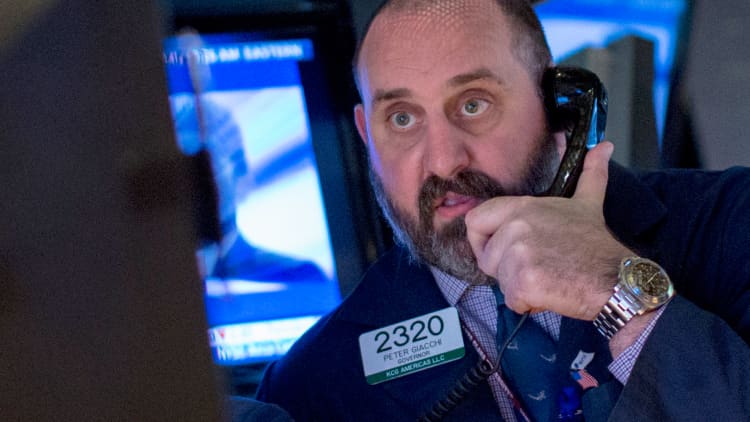
The earnings case for stocks remains intact, equity strategist Adam Parker said Wednesday.
"I'm focused on the corporate earnings," he said. "I think that generally you're going see earnings grow year over year, and I don't think the S&P really ever goes down 10 percent unless people are afraid of that."
On CNBC's "," Parker, who is a managing director of Morgan Stanley, likened the recent market action to a winning long-term bet that worked despite short-term evidence to the contrary.
"If you made the greatest short trade of all time in March of 2000 and you shorted the … and you held it, just stuck to your conviction all the way until October 2002, in the greatest 30-month high-conviction short ever, you made 77 percent," he said.
Parker noted that through that stretch, an investor would've "lost money 40 percent of the days" with three Nasdaq rallies of 25 percent and eight rallies of 10 percent or more during the trade. "So, you're going to have those countertrend rallies."
"I think I'm trying to keep my eye on the ball here and say, 'Guys, calm down.' Earnings are growing. There are buybacks. There is a dividend. We have a good set of companies here," he said.
Parker said that he liked small-cap stocks over the next six months.
Read MoreOne of Wall Street's biggest bulls: Be a buyer
The health-care, consumer discretionary and technology sectors were also among his top picks.
Parker also noted that there have been 16 pullbacks of 4 percent or more in the S&P 500 since March 2009.
"It's kind of regular for these things to happen in an upcycle," he said.
Read MoreDennis Gartman move to cash
Parker added that only twice has the market seen a decline of 10 percent of more: Spring 2010 before the Federal Reserve initiated quantitative easing, and in late summer 2011 when the euro appeared on the verge of collapse.
"I don't think we're in quite as dire a position now as we were in either of those instances, so I'm pretty constructive," he said. "I think we're near the bottom."


